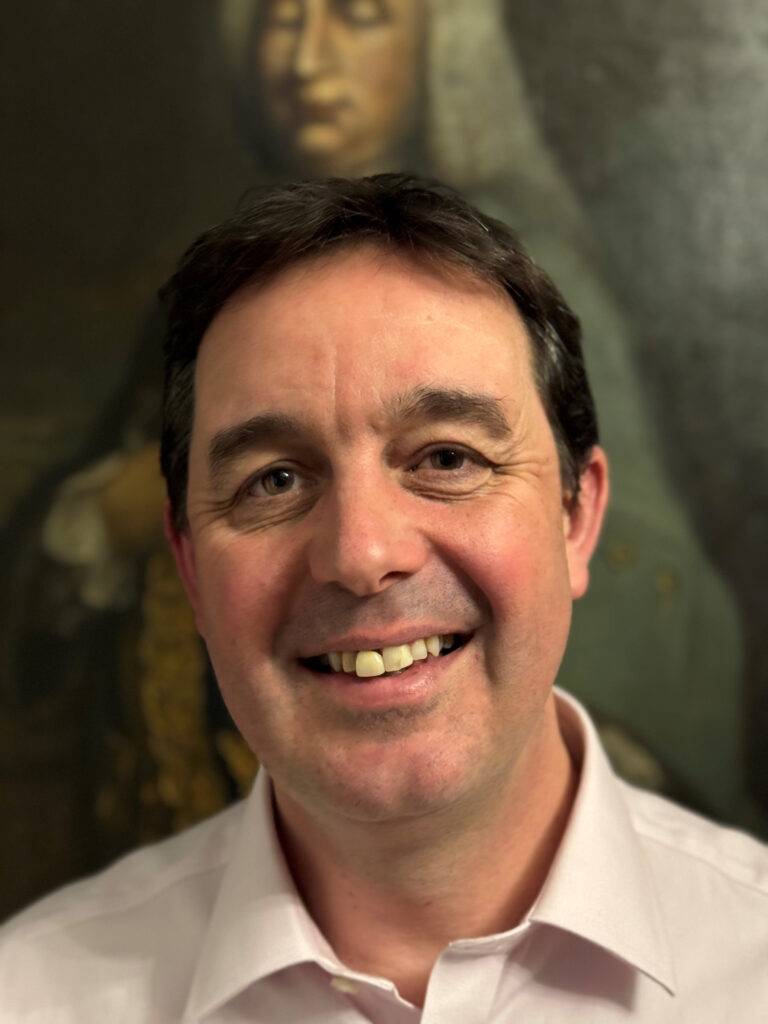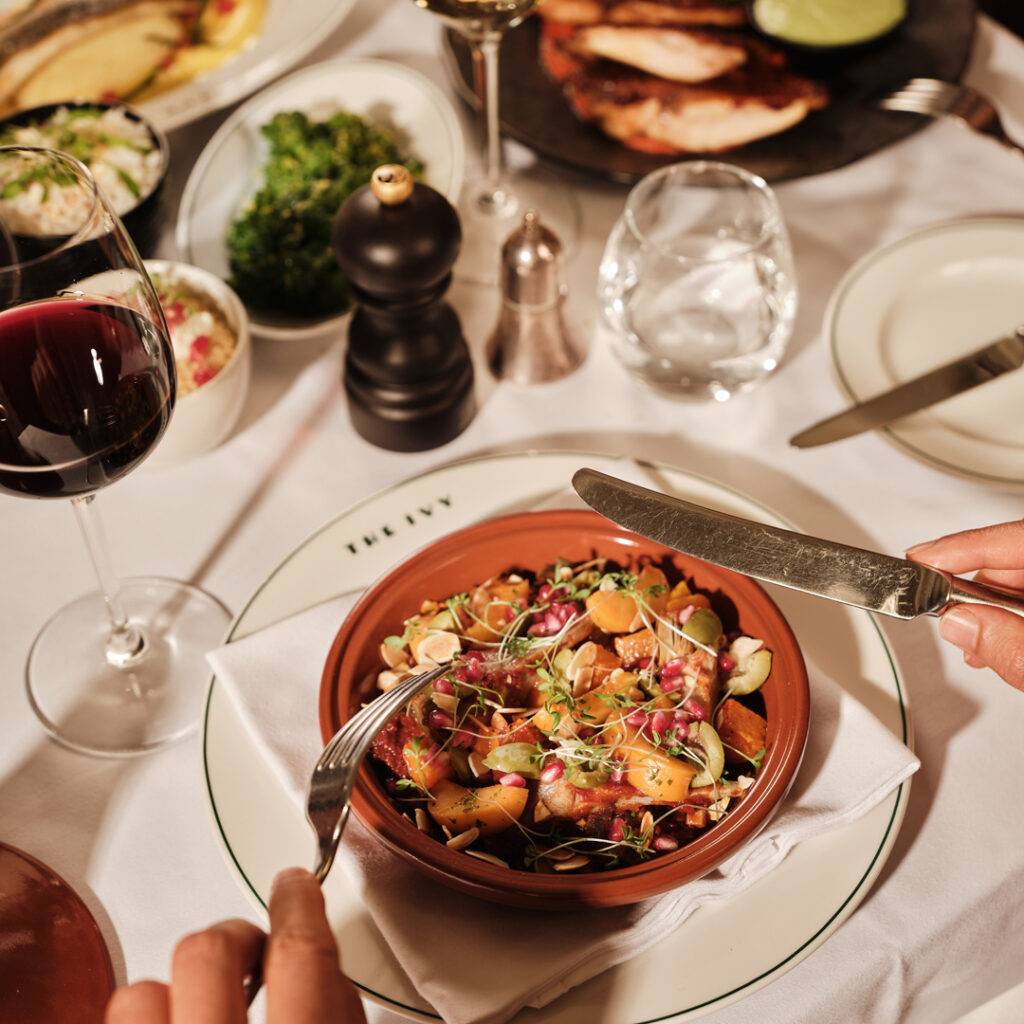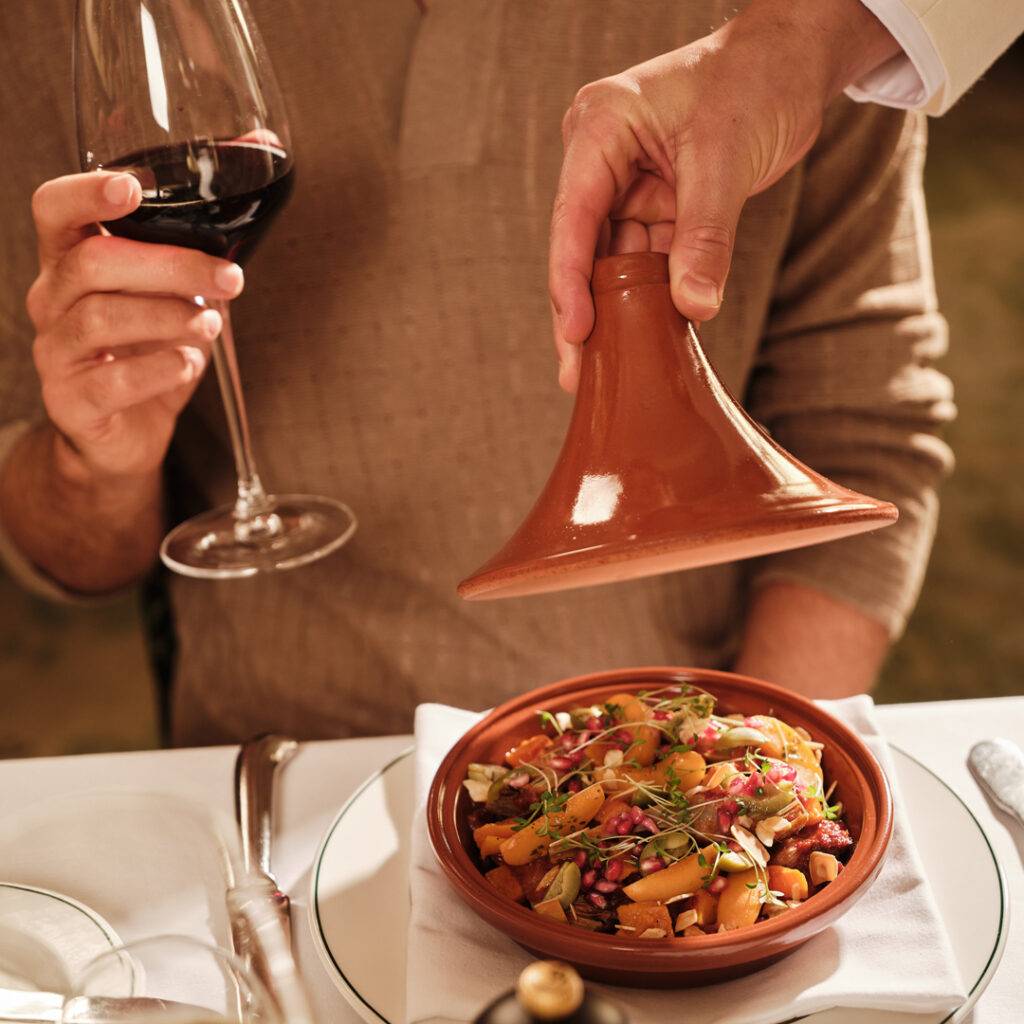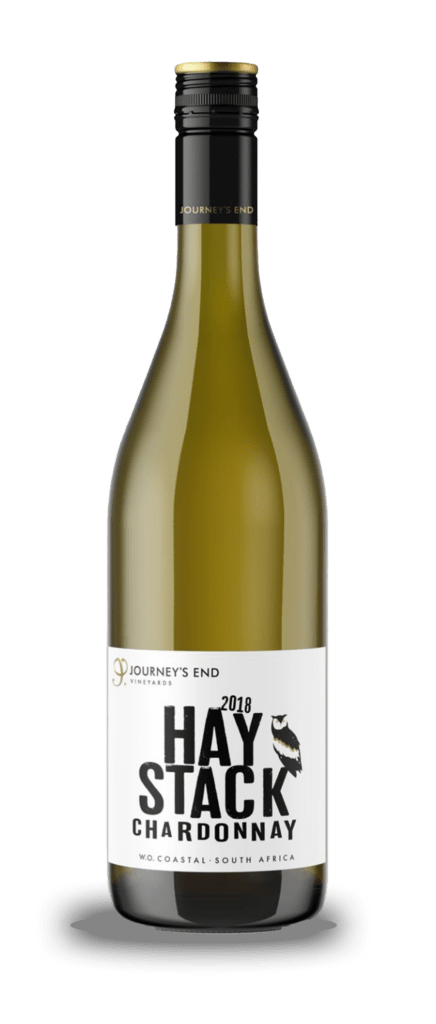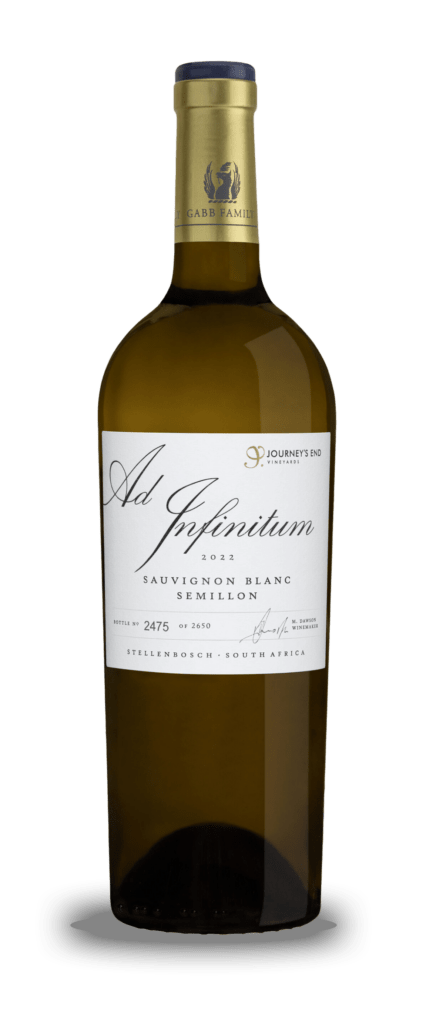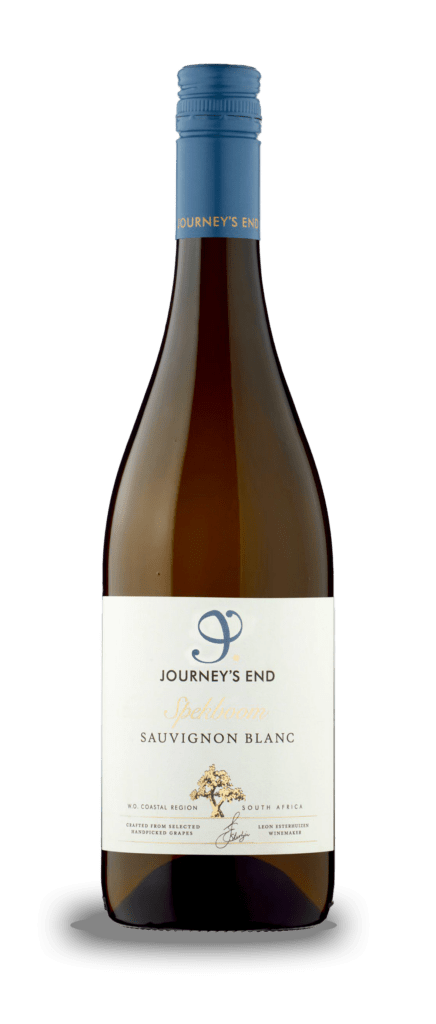We’re sharing a taste from Tucking In by Sophie Wyburd who is the star chef at this month’s Wild Feast in Otmoor Farm in Great Missenden, Buckinghamshire
Chocolate & cherry meringue tower
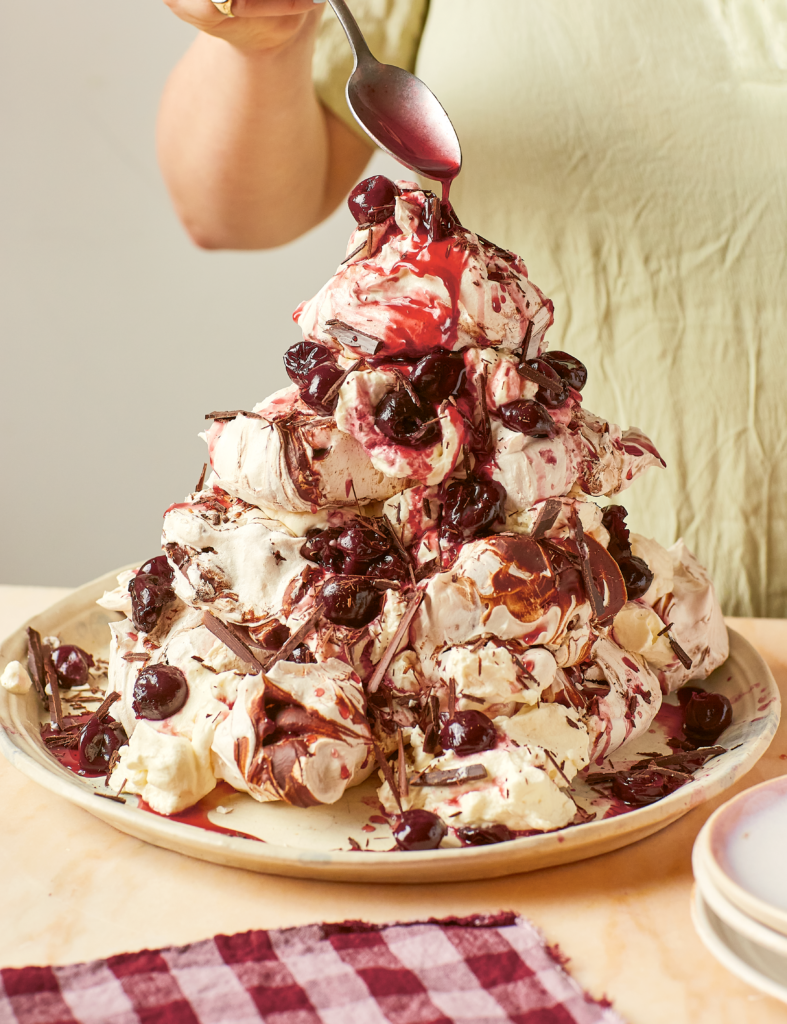
Jeremy Lee is the executive chef at Quo Vadis in Soho, the first and only proper restaurant I ever worked in, and he is famous for making the most fabulous puddings in London, if not the world.
Working there, I assembled many enormous meringue towers, rich with cream, fruit and toasted nuts. This pud is inspired by my time there. It features Black Forest flavours; my dad is passionate about chocolate, cherries and cream as a combination, so when making him a pud, I often use these flavours. This one’s for you, Dad!
This is a proper show-stopping dessert – expect oohs and aahs as you wheel it out of the kitchen.
“Expect oohs and aahs as you wheel it out of the kitchen.”
Serves 8-10 | Cooking 90 minutes, plus cooking
Ingredients
• 40g dark chocolate, plus 15g for grating on top
• 4 large egg whites (save the yolks for another occasion)
• 230g caster sugar
• 450g frozen cherries
• 2 tbsp kirsch (optional)
• 300ml double cream
• 25g icing sugar
Method
1. Preheat your oven to 140°C/120°C fan/gas mark 1 and line 2 large baking trays with baking parchment.
2. Break the chocolate into a heatproof bowl, and microwave it in bursts until it is melted. Alternatively, pop the chocolate into a heatproof bowl set over a simmering pan of water, and let it gently melt. Allow it to cool slightly.
3. Tip your eggs whites into a large mixing bowl, and weigh out 200g of your sugar in a separate bowl. Using electric beaters, whisk the egg whites to stiff peaks. Add a couple of heaped spoonfuls of the sugar, then whisk again until you get stiff peaks. Continue adding the sugar like this until all 200g has been incorporated, and you have a thick, glossy mixture in the bowl.
4. Pour your melted chocolate into the bowl, and gently fold it through as streaks. Take generous spoonfuls of the meringue mixture, and dollop them onto the prepared baking trays in glossy heaps, spaced well apart. You should get about 10 meringues. Place both trays in the oven, and bake them for 1 hour.
5. Meanwhile, add your cherries to a saucepan over a medium heat, along with your remaining 30g of sugar. Bring the mixture to the boil, then reduce the heat to low and simmer gently for 20 minutes, or until the liquid has a thin, syrupy consistency. Stir in the kirsch, if using, then leave it to cool.
6. Pour your double cream into a medium mixing bowl, and add the icing sugar. Whisk with electric beaters until it thickens into soft peaks. Be careful not to overdo it – you don’t want it to look fluffy.
7. Allow your meringues to cool completely. When ready to serve, spoon a little cream onto your chosen serving plate. Add a few meringues on top, and dollop over some cream and cherry compote. Continue to stack meringues, cream and compote on top until they are all used up. Grate over a little more chocolate, then serve.
Spiced blackened salmon tacos with orange salsa

There’s a reason why fajita night had every family in a chokehold in the 2000s, and it is because it is a really fun way to eat. Popping lots of things in the middle of the table and getting people to help themselves is relaxed, a little chaotic, and ultimately communal – the way I like all my meals to be. These tacos look much fancier then they are, but in reality this meal involves very little cooking; all you need to do is make zingy salsa, and grill chunky sides of salmon in spices until the flesh is charred. It would make a brilliant dinner on a weekend, on a weekend, but it is also easy to bang together on a Wednesday night after work.
Serves eight | Takes 45 minutes
Ingredients
• 2 tbsp sweet smoked paprika
• 2 tsp ground cumin
• 1½ tsp cayenne pepper
• 1 tsp dried oregano
• 2 tsp soft light brown sugar
• 2 x 600g sides of salmon
• 24 corn tortillas
For the salsa
• 1 red onion
• 2 red chillies
• small bunch of coriander
• 6 oranges
• salt and olive oil
Method
1. Spoon the paprika, cumin, cayenne pepper, dried oregano and soft brown sugar into a bowl, along with 2 teaspoons of salt and 4 tablespoons of olive oil. Mix until you have a paste.
2. Place your sides of salmon in a large baking tray, skin-sides down, and rub the spice paste all over the flesh.
3. Preheat your grill to high.
4. To make the salsa, peel and finely dice the red onion, and finely chop the red chillies. Mix together in a bowl. Roughly chop the coriander, and set it aside. Slice the top and bottom ends off the oranges so that you can stand them up flat, then work your knife around them to peel off the skin. Cut the flesh into 2cm rounds, then dice them into 1cm chunks.
5. Add the diced orange to the bowl with the onion and chilli, along with any juices, then give it all a good mix to combine.
6. Place your salmon under the hot grill and cook for 7-8 minutes – the top will char and get a beautiful crust, while the flesh will stay tender and soft.
7. While your salmon cooks, heat your tortillas. Turn a small burner on your hob to high and place your tortillas one at a time on the grate above the flame. Cook for a few seconds on each side, turning them over with metal tongs. Keep them warm by wrapping them in a clean tea towel while you cook the rest. Alternatively, cook them for about 20 seconds on each side in a hot, dry frying pan.
8. Stir the coriander into the salsa. Pop your tortillas onto plates, and bring the salmon and salsa to the table, then let everyone serve themselves by flaking off the salmon, and adding it to their tortillas with a spoonful of salsa.














